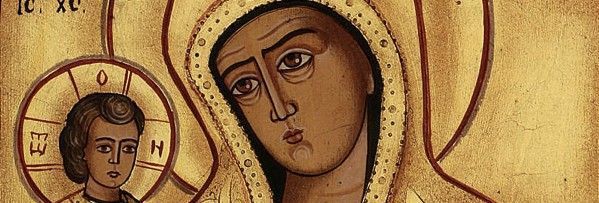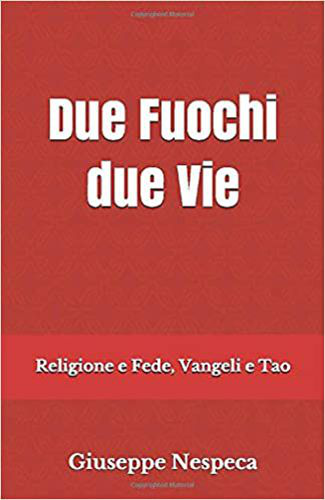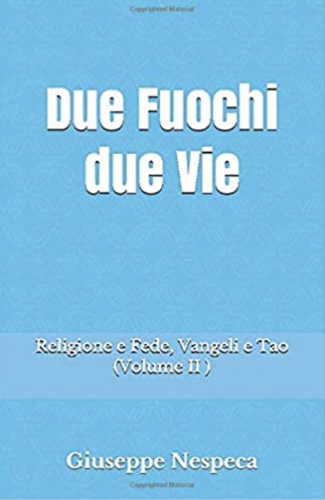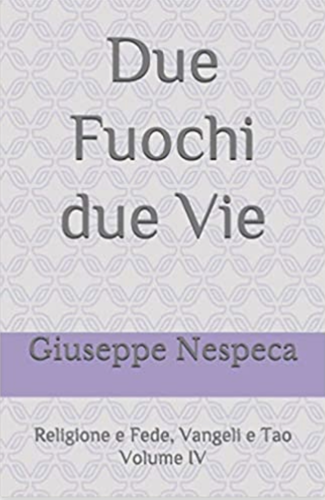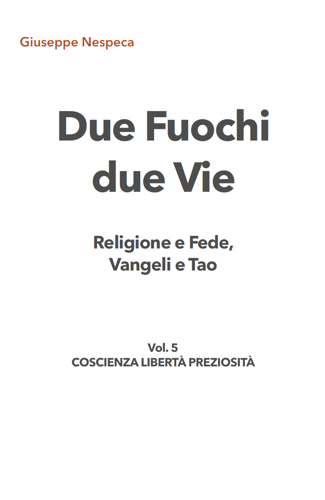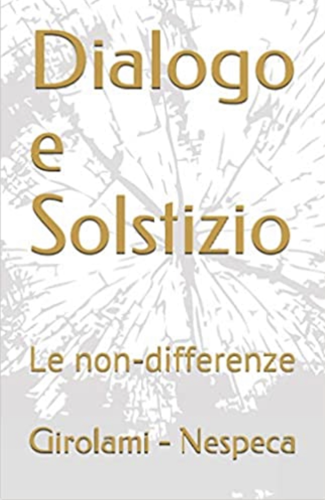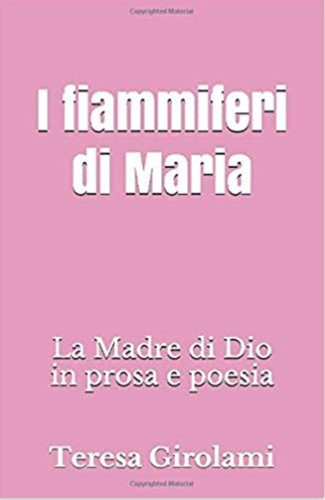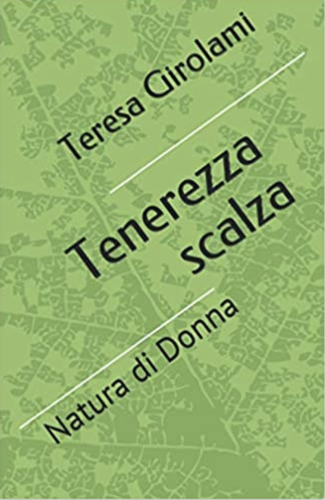Without stopping in the middle, and without fashion. New Light
(Mal 3:1-4; Heb 2:14-18; Lk 2:22-40)
The context of Mal 3:1-4 is harrowing: the priests had reduced the temple to a bank; the professional worshippers were acting as functionaries, disregarding sincere adherence.
That Child is a reminder that God ceaselessly comes with his smoldering fire (Mal 3:2-3) not only to work a purification, an improvement, an enhancement, a mending, a mending, a parenthesis.
It does not burst in to make the same reality more current, or the identical formal and condescending contents more sympathetic. It comes to replace them.
It does not come to refine, but to open up. It comes not to affect, but to supplant. Not to bless tamed situations, but to denounce them.
Perhaps He comes to return us to the "ancient days", to the "distant years" - but not as imagined by Mal 3:4 - but to fly over the same swamp of the usual religion, the one with its head always turned back to investigate the past.
Nor does he advocate abstract, disembodied figures that distract attention; even if they were fashionable ['current' but evasive or personally oppressive, incapable of igniting reality from within].
Henceforth he manifests himself living, opening wide the doors of our sanctuary - no longer "subject to bondage for life" (Heb 2:15; Second Reading).
"For he cares not for the angels" (Heb 2:16), always available but without any instances of precisely personal impetus - without natural passions, lacking in independence - and with his brain always there, in the sacred.
The Gospel passage from Lk recounts the Father's surprising response to the predictions of fulfilment regarding the messianic prophecies.
An eloquent and peremptory manifestation of the power of the God of Israel and the submission of those who did not fulfil the Law was expected.
Everyone imagined that they would witness the triumphal entry of a leader - surrounded by military leaders or angelic hosts (Mal 3:1) - who would subjugate the pagans by bringing their possessions into the holy city, grant the chosen people many slaves, and enforce observance.
Jesus? Here he is in the Temple, but helpless; accompanied by insignificant people. No one notices them, although at all hours the holy place is swarming with visitors.
It is not enough to be pious and devout people to realise the presence of Christ - to see God himself, one's brothers, things, with the eyes of the Father.
How do we break through the wall of closed customs - how do we break through the artificial world of contrary appearances, to turn to the creative Unknown?
Lk answers: with the help of particularly sensitive people, capable of understanding the New Project.
They are those who do not set trivial intentions or current dreams against the Design of the Most High; the habitual expectations (of others) - demanding from the Lord only the help to realise them.
Here then arise Simeon and Anna (vv.25.36-38), women and men coryphaeans of the most sensitive authentic People, thanks to excellent work on the soul.
Coming both from inside and outside the Temple - such prophets attempt to block (vv.28.38 Greek text) the small family procession, still bound by Judaic conventions (vv.21-23).
Compared to cultic and legalistic stereotypes, the members of the holy family must take a different, conscious Path.
A path that will lead it to unforeseen growth, for the benefit of all.
Thus, the Tiny Holy Remnant of Spirit-animated women and men burst in (always) as if they were strangers...
People of tiny worshippers, of genuine outsiders, who even try to prevent the 'same' useless clan ritual!
A gesture that pretended - again - to transform (and reduce) into an obsequious son of Abraham the One who had been announced as the Son of God.
In short, in the figures of Simeon and Anna, Lk wants to convey to us a fundamental teaching.
If the goal is the triumph of life, past history must not take precedence over unheard-of revelation.
Divine Oneness is manifested in what happens.
The Exceptionality of the Spirit proposes itself (dimly) now.
Unexpectedness to which we are called to give full voice - and echo.
The unveiling is now.
The 'here' immediately opens an arc of full existence.
[No more repeating 'how we should be' according to customs or fathers...].
Where everything is combined, we will not find the answers that solve real problems, nor magic times - those that motivate us.
Genuine God souls are not concerned with pandering to obligations, but rather with living intensely in the present moment with the energy that shapes the future, without hesitating with the excesses of control.
Stepping out of the normality of the established way - even through labour pains (vv.34-35) - creates the space to welcome the Newness that saves.
Along the way, those thoughts and duties that no longer correspond to one's destiny will be defused, will evaporate of their own accord.
So in Mary: Mother icon of the whole Church of true expectations - cut off (v.35) from the habitual crowd.
She has laid down all dependencies.
And the Innocent One is the glory of the 'nation', in Spirit - for she comes forth!
In her unpredictable and healthy figure resides a Light that enlightens all (v.32).
A trait of childhood and simple immediacy that becomes the "redemption of Jerusalem" (v.38).
It is in fact a Light that produces conflict with officialdom, a profound Splendour destined for all time - while the astute do not want to know about losing coordinates, roles, positions.
A "sword" (v.35) that in Mother Israel will bring about lacerations between those who open themselves to the torch of the Gospel and others who vice versa.
Lk has in mind community situations, where believers in Christ are discarded by friends and families from different cultural backgrounds (Lk 12:51-53).
But the awaited and true Messiah must be delivered to the world - although those best prepared to recognise him are the members of the smallest tribe of Israel [Asher, in the figure of Anna: vv.36-38].
These are the same prophets who in life vibrated for one great Love (vv.36-37), then experienced the absence of the Beloved - until they recognised him in Christ. Rejoicing in surprise; grasping personal correspondences within themselves, in the Spirit; rejoicing, praising the Gift of God (v.38).
The passage concludes with the return to Nazareth (vv.39-40) and the note concerning Jesus' own growth "in wisdom, stature and grace" [Greek text].
Moral: we are not in this world to cling to shadows and blocks of the past, with its perennial feelings - same old moods, same prevailing thoughts, same way of doing things (even the little things).
Mechanisms and comparisons that close off our days, our whole life and the emotional space of passions - clipping the wings of testimonies that want to override the course recognised since our ancestors.
Conversely, this is precisely the great Challenge that activates the young Rebirth of the Dream of God. And launches us into the transition from religious sense to personal Faith.
Such is the only energy that awakens, arouses enthusiasm, communicates simple virtue, sweeps away the layers of dust that still cover us with conformism without intimate momentum.
The recalcitrant and collective ways of taking to the field [more or less 'moral'] point at, deviate from, overload our essence - appealing to the fear of being rejected.
To slip effortlessly into the conventions and manners of our local culture [i.e. à la page] we often risk losing the Calling by Name, the unrepeatability of the path that vibrates within and truly belongs to us.
With respect to the 'religious' guerrilla warfare that we carry on even with ourselves, we need a respite from the common forms - even devout; cultic and purist, or glamorous.
Here comes a break from the social self-image: to allow us to abandon external and toxic forms, to recover silenced energies.
And to launch ourselves into new experiences from the soul [which is not wrong] - which we want to and are called upon to espouse, with enthusiasm, without first stepping into a role.



